Amazing Photos: Titan, Saturn's Largest Moon
Craters on Titan and Callisto
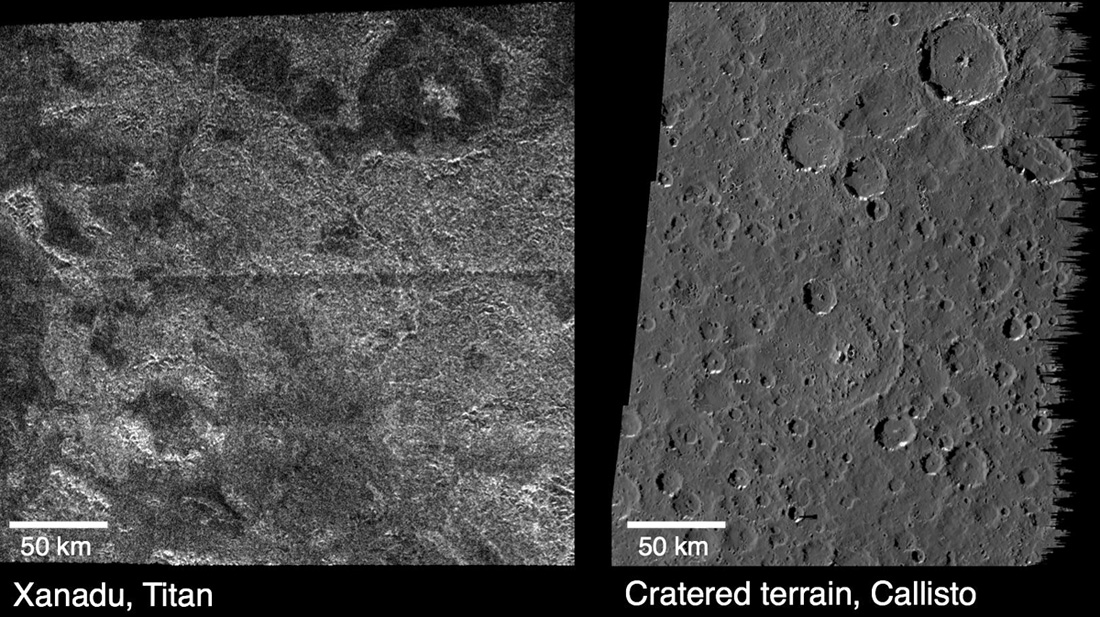
Surface features observed by NASA's Cassini spacecraft at the Xanadu region on Saturn's moon Titan (left), and features observed by NASA's Galileo probe on Jupiter's moon Callisto (right). Scientists think the Titan features are eroded impact craters rather than signs of volcanic activity.
Giant Lake Confirmed on Saturn's Moon Titan
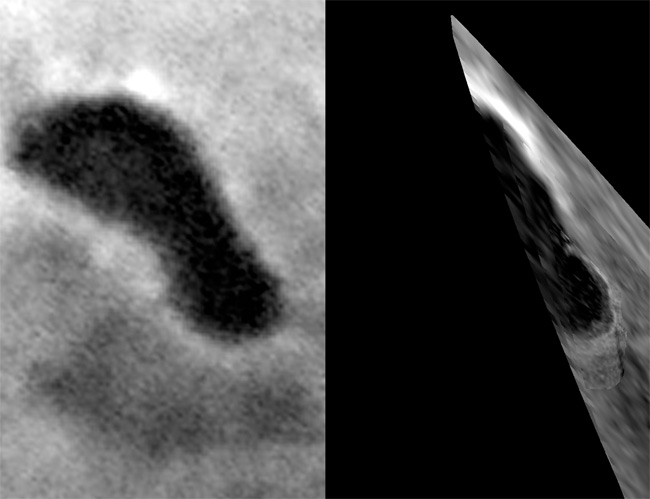
A partial view of Titan's Ontariou Lacus (right image) from 680 miles away, or 1,100 km away, shows what appears to be a beach in the lower right of the image, below the bright lake shoreline. An image was also taken of the lake feature in June 2005 (left image).
Cassini view of Titan, looking for clouds
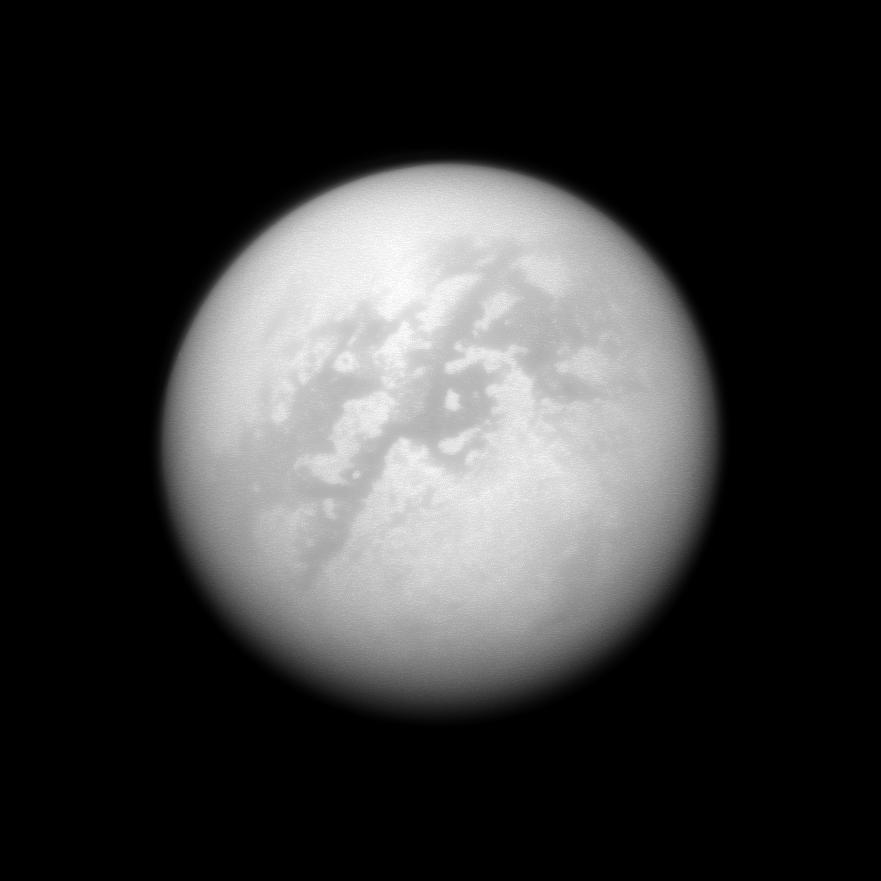
NASA's Cassini spacecraft peers through the murk of Titan's thick atmosphere in this view, taken with Cassini's narrow-angle camera on Sept. 25, 2008.
Europe's Huygens Probe Landed in Titan Mud
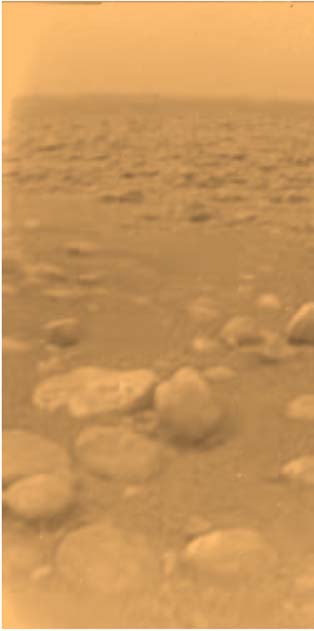
The Huygens probe took this photo from the surface of Titan. The image has been colored and processed to give a good indication of the actual orangeish color of the surface.
False-color Titan

This false-color image from NASA's Cassini spacecraft shows Titan in ultraviolet and infrared wavelengths.
Global Map of the Surface of Titan
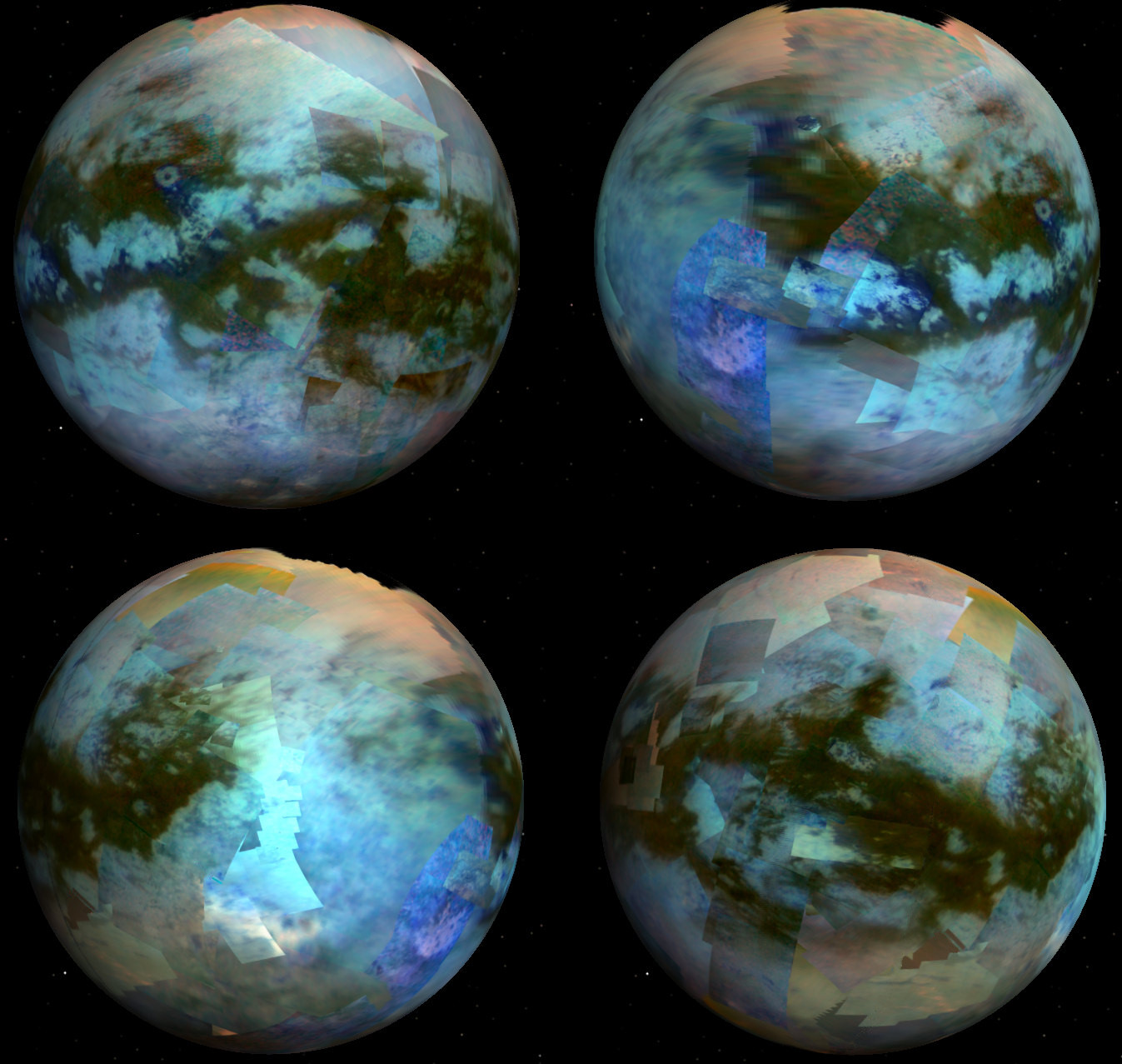
Global mosaic of Visual and Infrared Mapping Spectrometer (VIMS) images acquired during the nominal and equinox Cassini mission. Differences in composition translate into subtle differences of colors in this mosaic, revealing the diversity of terrains on Titan, such as the brownish equatorial dune fields or the bright, elevated terrains.
Saturn's Rings, Titan and Enceladus
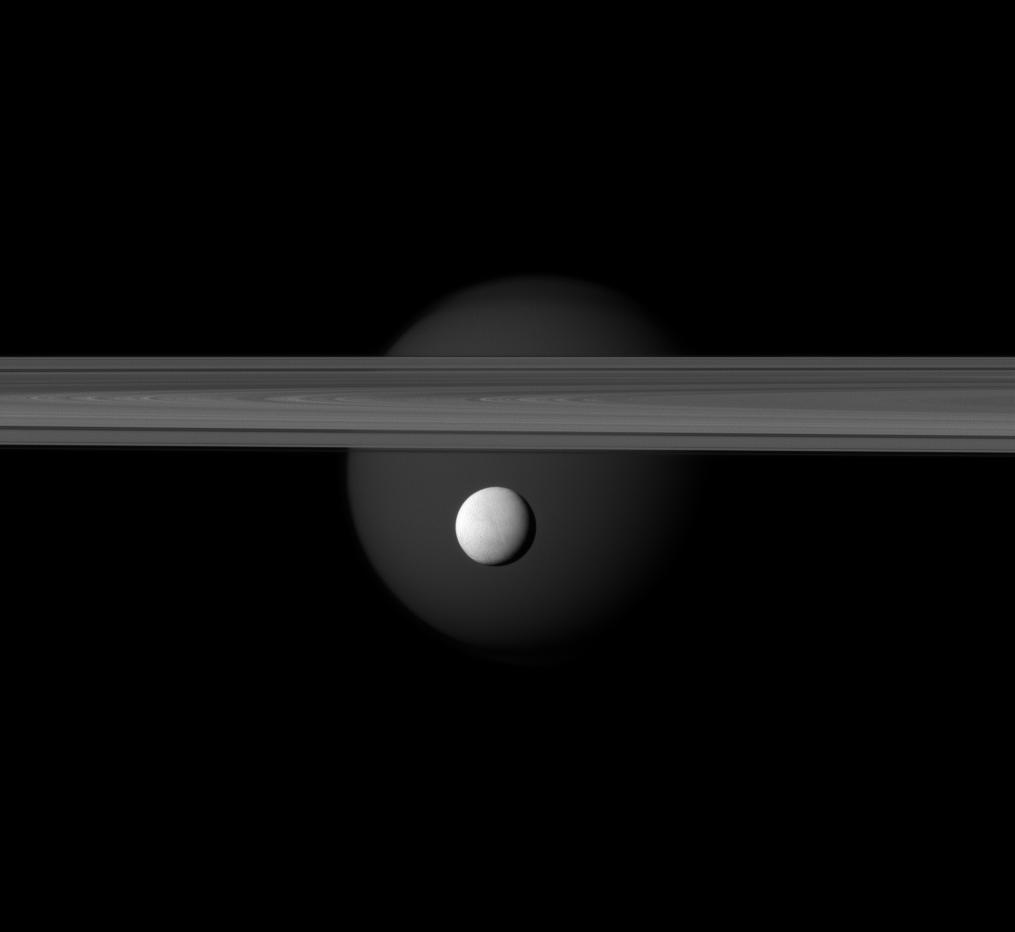
Saturn’s icy moon Enceladus hangs below the gas giant’s rings while Titan lurks in the background, in this new image taken by the Cassini spacecraft on March 12, 2012.
Get the Space.com Newsletter
Breaking space news, the latest updates on rocket launches, skywatching events and more!
Simulating Titan-Like Smog
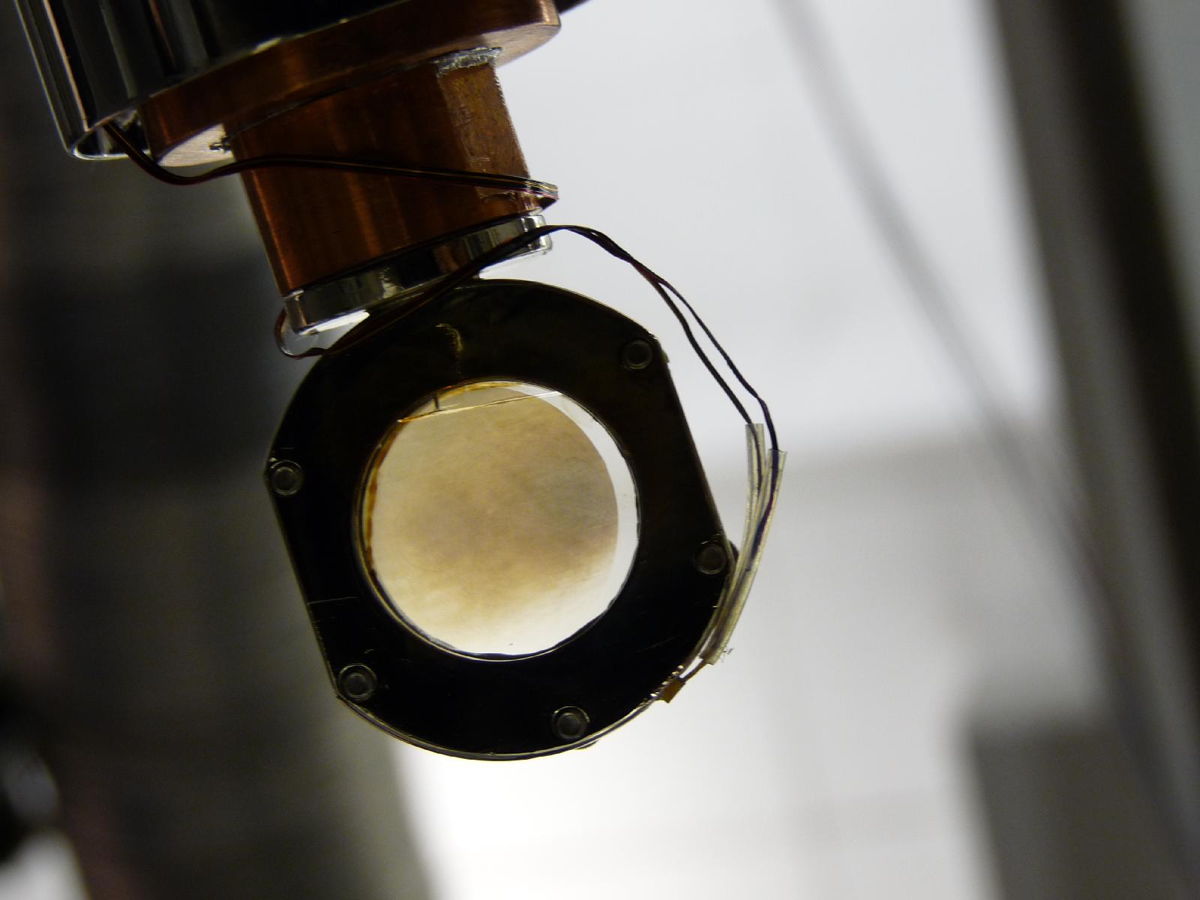
In a laboratory experiment at NASA's Jet Propulsion Laboratory, Pasadena, Calif., scientists simulating the atmosphere of Saturn's moon Titan have brewed up complex organic molecules that they think could eventually lead to the building blocks of life. In this picture, molecules of dicyanoacetylene are seen on a special film on a sapphire window. They are the result of exposing simple organic molecules known to exist at Titan with sun-like radiation on Aug. 4, 2010. Image released April 2, 2013.
Join our Space Forums to keep talking space on the latest missions, night sky and more! And if you have a news tip, correction or comment, let us know at: community@space.com.

Space.com is the premier source of space exploration, innovation and astronomy news, chronicling (and celebrating) humanity's ongoing expansion across the final frontier. Originally founded in 1999, Space.com is, and always has been, the passion of writers and editors who are space fans and also trained journalists. Our current news team consists of Editor-in-Chief Tariq Malik; Editor Hanneke Weitering, Senior Space Writer Mike Wall; Senior Writer Meghan Bartels; Senior Writer Chelsea Gohd, Senior Writer Tereza Pultarova and Staff Writer Alexander Cox, focusing on e-commerce. Senior Producer Steve Spaleta oversees our space videos, with Diana Whitcroft as our Social Media Editor.









